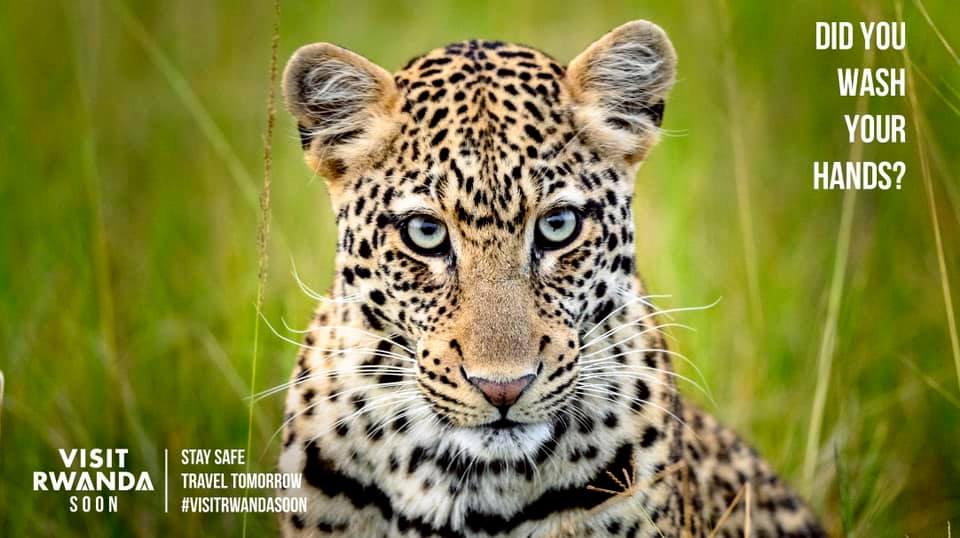Social distancing in Rwanda’s animal kingdom
The year 2020 would be the year of Rwanda. In Forbes and the American Vogue, the land of a thousand hills was labeled as a destination you should definitely visit in 2020. Unfortunately, COVID-19 is currently defining our lives and severely restricting us all. Not only here in Europe, it affects the whole world and so also Rwanda.
Rwanda doesn’t only protects the inhabitants, but also all primates such as chimpanzees and the already endangered mountain gorillas are protected. Scientific studies show that mountain gorillas are very susceptible to infections from human germs. Contamination with COVID-19 can have fatal consequences for the gorillas.
Did you know…
The eastern black rhino is on the endangered species list? In fact, their population is even more endangered than that of the mountain gorilla.
And that Akagera National Park has the largest population of these rhinos in East Africa? This is thanks to the reintroduction of the black rhino with the arrival of 18 animals in 2017 and another five last year. With the reintroduction of the lion in 2015 and 2017, the park’s Big Five status has been restored.
Communicating remotely and working hygienically is a matter of getting used to and learning. In the Rwandan animal kingdom they are customs that can serve as an example for us in corona times.
Rhinos
There are two types of rhinoceroses, white and black. The latter species has virtually no contact with other conspecifics. If you see a black rhino in company, it is probably the mother with her cub. The white rhino, on the other hand, does live in a herd. With the exception of the male, who leaves his herd and lives alone, marking his territory boundaries with his own excrement. So rhinos are generally very good at social distancing.
Elephants
For this four-legged friend, the ground, in addition to the sky, is an important communication medium. The elephant is known to stomp the ground with their legs and that they can listen closely with their trunks to pick up the vibrations. Of course the animals also communicate by trumpeting and roaring sounds. So they keep enough distance to be able to talk to each other or to warn each other of danger.
Lions
Lions live in a pack that usually consists of one male and a number of females. The lionesses stay in the same pack all their lives. By always staying in the same group, they will not easily come into contact with “strangers”. Unlike, for example, the gorilla or chimpanzee. These primate species live in a fixed group, but when the females reach maturity they leave the group and look for a new “family”.
More info: www.visitrwanda.com




